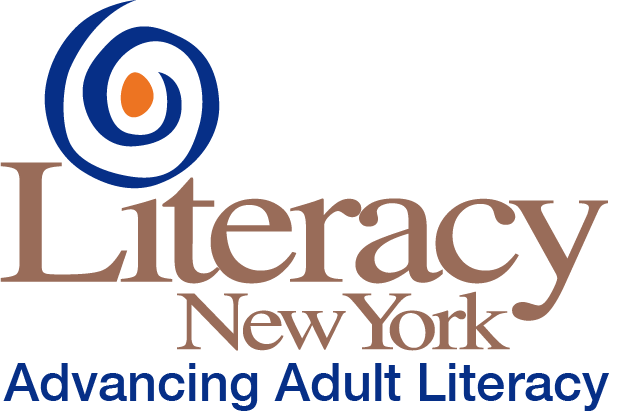Effective Newsletters
Much has been written about newsletters with supporters and detractors each offering valid input. Savvy nonprofits position their newsletters as fundraising tools but must control their messaging to avoid turning supporters off.
Vanessa Lockshin at The Storytelling Non-Profit addressed newsletters recently. Here is her article:
I recently sent around a survey to The Storytelling Non-Profit community and a surprising number of people said that they sent a newsletter to donors, but they wished it more directly supported their fundraising bottom line.
That makes sense. Newsletters can be a time-intensive endeavor for non-profits. I once had a client that was spending as much as forty hours putting together one issue of their newsletter. That’s a lot of staff time to go into one communications piece. Sure, reducing the number of hours spent creating a newsletter is one way to go; that will make project more efficient.
The other option is to take a strategic approach to your newsletter content so that each content feature supports your fundraising goals. As I’ve written before, newsletters should be understood as a relationship building tool. But for this communications piece to support relationship building, you must think differently about what goes in it.
I always come back to two steadfast principles of donor-centered fundraising from Penelope Burke’s research when it comes to donor newsletters. #1 donors want to know how their gift was used. #2 donors want to know what impact their gift had.
These are simple principles and, when followed, they can increase retention and giving rates.
When I apply these principles to a newsletter that is sent to donors to increase retention and giving rates, here are a few things I consider.
#1 Account for what donors want to hear
This is where surveys can be your best friend. When I help organizations with donor survey projects, I almost always ask donors what they think about newsletters they’ve received from the organization and what they would like to hear about in future updates from the organization. This is extremely valuable information because donors directly tell us what they are interested in. Use this information to take the guess work out of content planning and give donors what they want.
#2 Content that shows donors Their impact
Newsletters tend to vary in length, so my personal guideline is the ensure that at least 60% of the content speaks to donor impact. There are many types of content you could include that show donors their impact. Stories are one way to do this. You may want to think about a series of photos with great captions.
If you’re feeling short on ideas for content that show donors their impact, I recommend doing a brainstorm or mind map. Write down the ideas you initially have and then for each one, ask yourself if there are other angles or approaches to the idea. More than likely there will be, and you’ll soon have a bounty of ideas.
And another note about content – your newsletter does not have to be the length of a magazine. Consider this your permission slip to shorten it. You can pack a real punch in 4 pages (in print) and 500 to 750 words (in email).
#3 Regularly keep donors in the know
If you want your newsletters to help you raise money, you must provide donors with timely, useful updates that support stewardship and cultivation. This does not mean that you need to send donors an update every week, but it does mean that you need to find a schedule that works for you and your fundraising calendar.
One organization that I worked for many years ago sent out newsletters in March, June, September and November. This is a perfectly spaced out schedule, but there was some logic behind the choices. We strategically would send newsletters about a month before our next big appeal or campaign. The thought was that we could stay top of mind prior to sending out the appeal and hopefully prime donors for their next gift. This worked well for that organization, which had a nearly 70% retention rate.
(Optional) #4 Make an ask
Overall the fundraising world is very divided about whether or not to include a donation form in newsletters. On one hand, if you don’t ask you may not get donations. On the other hand, if the purpose of your newsletter is stewardship and cultivation an ask can detract from that. If you’re interested in some data on this, check out this case study.
Even if you don’t make a direct ask in your newsletters, there are ways to measure the return on investment of your cultivation and stewardship activities. For instance, in the weeks after you’ve sent something to donors, pull a report of the donors who have received it along with their recent gift history. Did they give an unprompted gift? Did they give at a higher rate? These are positive signs that cultivation and stewardship are paying off.
For more information from Vanessa and The Storytelling Nonprofit, http://www.thestorytellingnonprofit.com/blog/yes-your-non-profit-newsletter-can-help-you-raise-money-heres-how/




